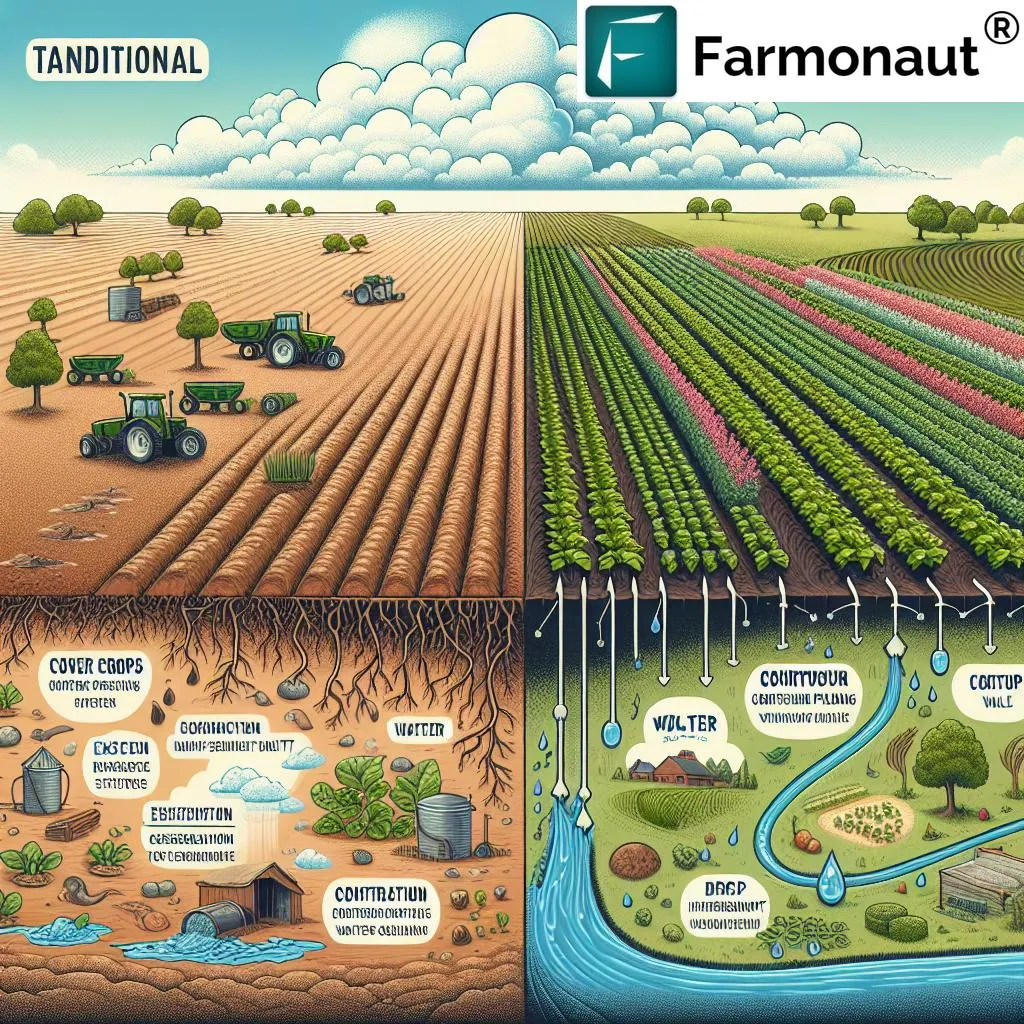In the heart of urban sustainability lies a growing challenge: ensuring the safety of urban soils for agriculture. Contamination by heavy metals like lead, arsenic, and chromium can pose significant risks, but traditional laboratory methods for detection are often costly and time-consuming. Enter portable X-ray fluorescence (PXRF) technology, a rapid, in situ analysis tool that could revolutionize how we assess soil contamination. A recent study led by E. M. Jenkins from the Delta Urban Soils Laboratory at the University of Louisiana at Lafayette sheds light on the accuracy, precision, and practicality of PXRF in urban soil analysis, offering a promising solution for urban farmers, policymakers, and environmental scientists alike.
Urban agriculture is booming, but with it comes the pressing need to monitor soil health. Traditional methods, such as atomic absorption spectroscopy and inductively coupled plasma techniques, are accurate but require extensive sample preparation and laboratory analysis. “These methods can be costly and time-consuming, which can be a barrier for many urban farmers and community gardeners,” explains Jenkins. PXRF, on the other hand, offers a quicker, more accessible alternative. By analyzing soil samples in situ, PXRF can provide immediate results, reducing the need for extensive laboratory work and lowering costs.
The study, published in the journal ‘SOIL’ (translated to English as ‘Soil’), reviewed 84 publications to evaluate the accuracy and precision of PXRF in analyzing heavy metal(loid)s in urban soils. The findings are encouraging. When properly calibrated, particularly with certified reference materials, PXRF can achieve reliable accuracy. “Ex situ measurements tend to be more precise due to controlled conditions, but in situ measurements offer practical advantages in urban settings,” notes Jenkins. This balance between accuracy and practicality makes PXRF a viable method for assessing urban soil contamination.
The implications of this research are far-reaching. For urban farmers, PXRF technology can provide a cost-effective and efficient way to monitor soil health, ensuring safer food production. For policymakers, it offers a tool to identify priority metal contamination hotspots, guiding targeted interventions and resource allocation. For environmental scientists, it opens up new avenues for research and data collection, enhancing our understanding of urban soil dynamics.
As urban agriculture continues to grow, the need for accessible, reliable soil-testing tools becomes ever more critical. PXRF technology, with its rapid analysis and minimal sample preparation, stands out as a promising solution. “Future research should focus on optimizing sample preparation and calibration to further enhance PXRF reliability in urban environments,” suggests Jenkins. By doing so, we can strengthen PXRF methodologies and support extension efforts, ultimately facilitating healthier urban soils, safer urban food production, and enhanced community well-being.
In the quest for sustainable urban agriculture, PXRF technology emerges as a beacon of hope. Its ability to balance accuracy and practicality offers a compelling solution to the challenges of urban soil contamination. As we move forward, the integration of PXRF into urban soil analysis practices could pave the way for healthier, safer, and more sustainable urban environments.

